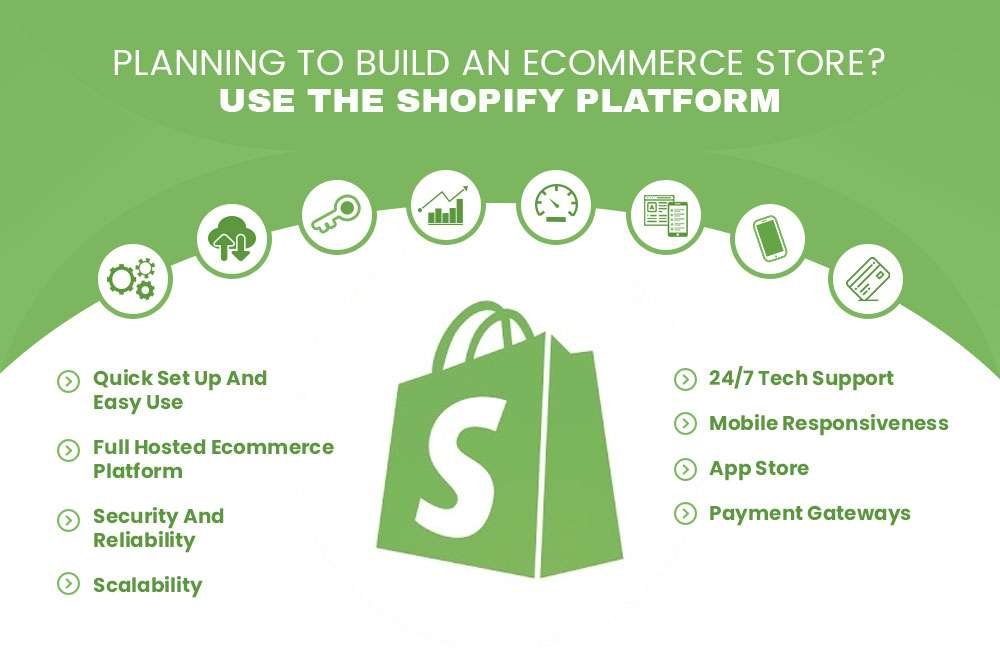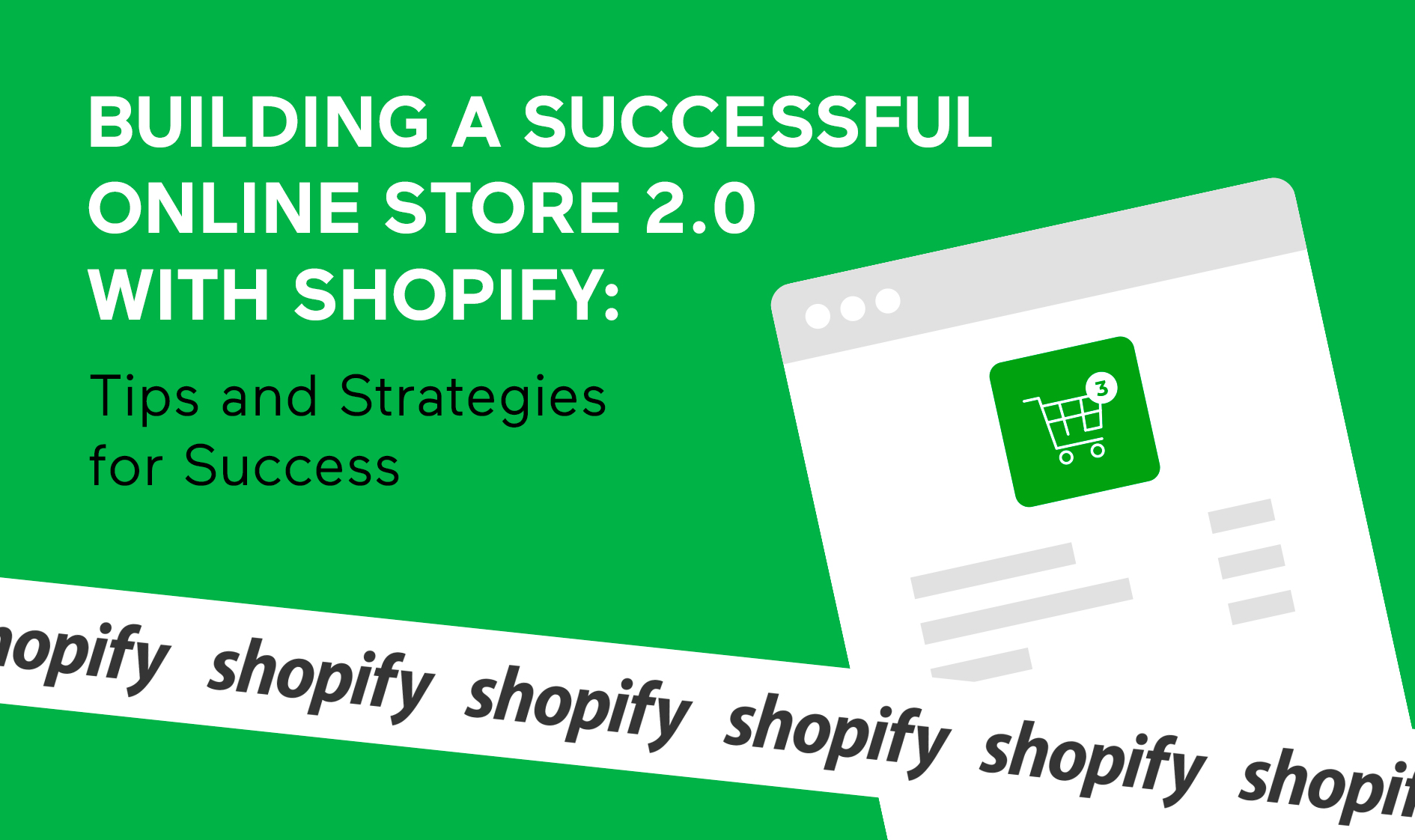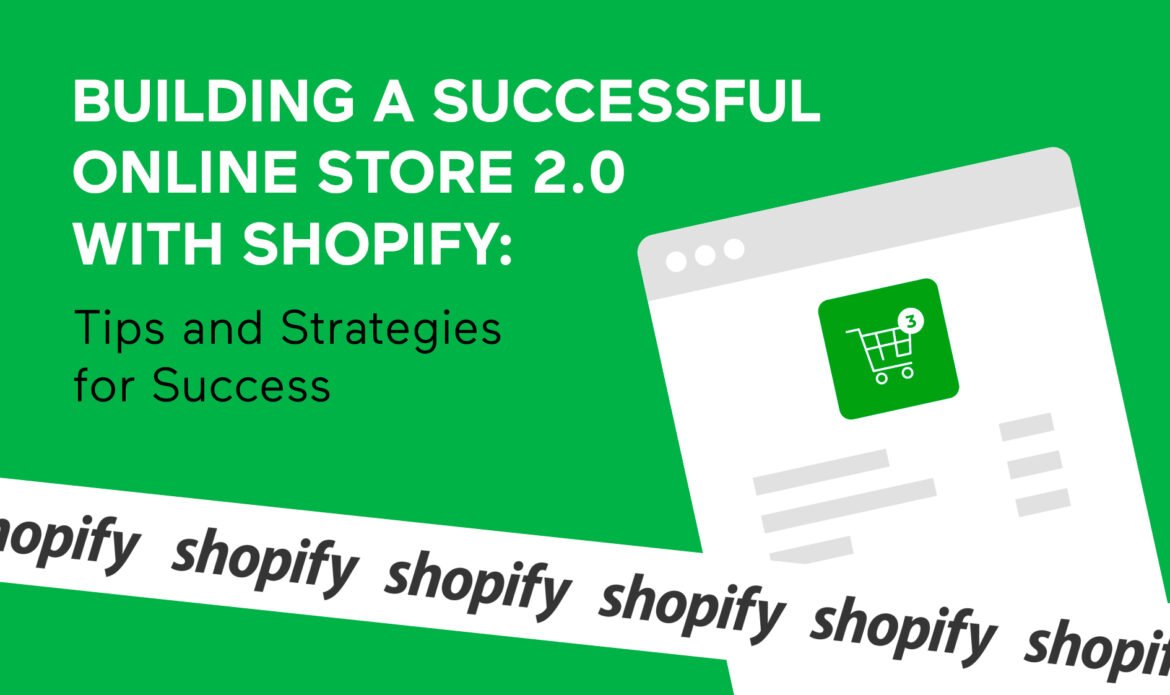
Introduction
Overview of Shopify
If you’re dreaming of launching your own online store, chances are you’ve come across Shopify. This popular e-commerce platform is designed to help entrepreneurs create and manage their online businesses effortlessly. With user-friendly tools and customizable templates, even beginners can set up their shops in no time. Shopify provides features such as:
- Wide Range of Themes: Choose from hundreds of professional designs to make your store visually appealing.
- Easy Payment Solutions: Integrated payment gateways make transactions smooth and secure.
- Mobile Responsiveness: Your store will look great on any device, ensuring a seamless shopping experience for your customers.
Shopify is truly an all-in-one solution for anyone looking to dive into the world of e-commerce.
History and Background of Shopify
Understanding the journey of Shopify gives insight into how it has become a go-to platform for millions. Founded in 2006 by Tobias Lütke, Daniel Weinand, and Scott Lake, Shopify started as a simple online store selling snowboards. Lütke, a programmer, was dissatisfied with existing e-commerce solutions, so he developed his own.
What began as a response to a personal challenge grew into a powerful e-commerce platform that now serves businesses of all sizes worldwide. Some milestones along the way include:
- 2009: Introduced the App Store, allowing developers to create additional functionalities.
- 2015: Went public, raising significant capital to fuel further expansion.
- 2020 and beyond: Expanded features to support multi-channel selling, including integrations with social media platforms.
Today, Shopify empowers over 1.7 million businesses globally, demonstrating its reliability and versatility. As the world of online shopping continues to evolve, Shopify is right there, innovating alongside it.

Setting Up a Shopify Store
Registering on Shopify
Now that you have a grasp of what Shopify is all about, it’s time to roll up your sleeves and set up your store. The first step is registering on Shopify, which is as simple as pie. All you need is an email address, a secure password, and a unique store name. Here’s how it goes:
- Visit the Shopify website: Click on the “Start free trial” button.
- Fill in your details: Enter your email, password, and store name.
- Provide additional information: Once you’re in, Shopify will ask a few questions about your business plans. This helps tailor the experience for you.
In just a few clicks, you’re on your way!
Customizing Your Store
Once registered, the fun begins with customizing your store. This is your chance to add a personal touch to make it uniquely yours. Choose from various themes, tweak colors, and organize layouts. You can:
- Pick a Theme: Browse the theme store for something that fits your brand’s style.
- Customize: Adjust text, images, and graphics via a user-friendly drag-and-drop interface.
Personalization is key—think of how you want your customers to feel when they visit your store!
Adding Products and Managing Inventory
Next up is adding products. This step is crucial, as showcasing your offerings effectively can attract and retain customers. Here’s how to add products:
- Product Details: Include high-quality images, engaging descriptions, and key specifications.
- Pricing: Clearly state the pricing while considering your profit margins.
- Inventory Management: Shopify makes it easy to track stock levels in real-time. Set alerts for low inventory to stay ahead.
Don’t forget to categorize your products; it not only helps with organization but also improves the shopping experience. With these steps, your Shopify store is well on its way to becoming a thriving online business!

Managing Orders and Payments
Handling Orders and Fulfillment
With your Shopify store up and running, it’s time to delve into managing orders and payments. The order management process is pivotal in ensuring a seamless shopping experience for your customers. When an order is placed, you’ll receive instant notifications via your Shopify dashboard. Here’s a quick guide to handling orders effectively:
- Review Orders: Check each order for details like product variants and quantity.
- Fulfillment: Once you’re ready, click on “Fulfill” to start the shipping process. Shopify allows you to mark items as shipped, which notifies customers automatically.
It’s also wise to establish a consistent strategy for fulfilling orders—whether in-house or via third-party fulfillment services. This way, you maintain efficiency while ensuring customer satisfaction.
Setting Up Payment Gateways
Next, setting up payment gateways is crucial for processing customer transactions securely. Shopify supports various payment options, including:
- Shopify Payments: Seamless integration for quick transactions.
- PayPal: Widely recognized and trusted by customers.
- Third-Party Providers: Options like Stripe and Square can be incorporated.
To configure these, head to the “Payments” section of your Shopify dashboard. The setup is intuitive, and most options require just a few clicks to connect.
Managing Refunds and Returns
Lastly, understand how to manage refunds and returns efficiently. A clear return policy fosters trust and can encourage purchases. In your Shopify settings, you can easily process refunds by:
- Navigating to Orders: Select the specific order you wish to refund.
- Issuing the Refund: Choose the item(s) to refund and follow the prompts.
Keep track of returned items for inventory management. Your return policy should be accessible on your website, reinforcing transparency with your customers. With these strategies in place, managing orders and payments will become a breeze, helping you focus on what truly matters—growing your business!

Marketing and Growing Your Store
Utilizing Shopify Marketing Tools
With your orders and payments system in place, it’s time to turn your attention to marketing and growing your Shopify store. Thankfully, Shopify offers a robust array of marketing tools that can help amplify your brand visibility. Some key features include:
- Email Marketing: Create and send targeted email campaigns directly through Shopify, keeping customers informed about promotions and new arrivals.
- Social Media Integration: Easily connect your store to platforms like Facebook and Instagram, allowing you to run ads and showcase products to a broader audience.
- Discount Codes: Generate discount codes to encourage purchases, particularly during seasonal sales or for customer retention.
Experimenting with these tools can pave the way for robust engagement and conversion rates.
SEO Optimization for Shopify Stores
Next, focusing on SEO optimization is crucial when it comes to driving organic traffic to your store. Here are some actionable tips:
- Optimize Product Descriptions: Write unique, keyword-rich descriptions to enhance search visibility.
- Alt Text for Images: Always include alt text for your images, which helps search engines understand what they represent.
- Utilize Shopify’s Built-In SEO Features: Shopify provides built-in tools to help you edit title tags and meta descriptions for better indexing.
Taking these steps can significantly boost your online presence and attract more visitors.
Scaling Your Business on Shopify
As your store grows, consider strategies for scaling your business. Here’s how:
- Explore Additional Sales Channels: Expand by selling on platforms like Amazon, eBay, or Etsy, increasing your reach.
- Enhance Customer Retention: Implement loyalty programs to encourage repeat business. Tools like Shopify’s built-in rewards system make this easy.
- Analyze Your Data: Dive into reports available on Shopify to see what works. Identify best-selling products, customer demographics, and trends to inform your growth strategy.
By employing these marketing strategies and tools, you’ll be well on your way to achieving sustainable growth in your Shopify store, making it a thriving hub for online shopping!

Customer Support and Engagement
Providing Excellent Customer Service
As your Shopify store flourishes, prioritizing customer support and engagement becomes essential to your success. Providing excellent customer service is not just a good practice—it’s vital for retaining customers. Here are some effective strategies:
- Be Responsive: Quick responses to inquiries can create a positive impression. Aim for a response time of under 24 hours.
- Personalization: Address customers by their names and tailor communications based on their past purchases. This simple touch can make a world of difference.
- Easy Return Policies: A hassle-free return policy makes customers feel secure in their purchases, fostering trust.
Remember, when customers feel valued, they are more likely to recommend your store to others.
Implementing Live Chat and Chatbots
To enhance customer interaction, consider integrating live chat and chatbots into your site. This feature allows you to support customers in real-time. Here’s why it’s a game-changer:
- Instant Assistance: Customers can receive immediate responses to their questions, leading to higher satisfaction rates.
- 24/7 Availability: Chatbots can handle inquiries around the clock, ensuring that support is never out of reach, even outside of business hours.
- Data Collection: Through chat interactions, you can gather insights about frequently asked questions, helping you improve your FAQ section and reduce repetitive inquiries.
Incorporating these tools not only streamlines communication but also enhances the customer experience.
Creating Loyalty Programs
Finally, building customer loyalty through effective loyalty programs can keep customers coming back for more. Here are some ideas to implement:
- Reward Points: Introduce a system where customers earn points for every purchase, which can be redeemed for discounts or freebies.
- Exclusive Offers: Create tier-based rewards where frequent shoppers gain access to special promotions or early product releases.
- Referral Bonuses: Encourage customers to refer friends with incentives, such as discounts for both the referrer and the new customer.
By investing in customer support and engagement strategies, your Shopify store can foster a loyal customer base, ensuring lasting success in the competitive e-commerce landscape.

Analytics and Reports
Tracking Sales and Performance
As your Shopify store continues to grow, it’s essential to keep a close eye on your analytics and reports. Tracking sales and performance can provide invaluable insights into your business health. Shopify’s built-in reporting tools make this process straightforward and user-friendly. Here’s how to get started:
- Sales Dashboard: The dashboard gives you an overview of your sales performance over different periods. This allows you to compare metrics week over week or month over month.
- Product Performance: Identify your best-selling products and those that may need a push through marketing efforts. Understanding which items resonate most with your audience is key to inventory planning.
By leveraging these insights, you can redefine your sales strategies to better align with customer preferences.
Analyzing Customer Behavior
Understanding customer behavior is another crucial aspect of running your Shopify store. By analyzing how customers interact with your site, you can make informed adjustments. Here are a couple of approaches:
- Customer Journey Tracking: Use tools like Google Analytics to monitor how customers navigate your site. Take note of where they drop off in the shopping process—this can indicate potential issues.
- Feedback Loops: Encourage customers to leave reviews and feedback post-purchase. This not only helps you understand their experience but also builds community trust.
These insights can lead to improved user experience and higher conversion rates.
Using Data to Make Informed Decisions
Finally, the data you gather can significantly influence business decisions. Here are ways to utilize this information effectively:
- Inventory Management: Use sales analytics to forecast inventory needs, ensuring you don’t overstock or run out of key products.
- Targeted Marketing: Segment your audience based on behavior and preferences, allowing for more personalized marketing campaigns.
Implementing data-driven strategies not only solidifies your store’s foundation but also positions it to adapt and thrive in a competitive e-commerce landscape. By continuously monitoring your analytics, you can make informed decisions that propel your Shopify store forward!

